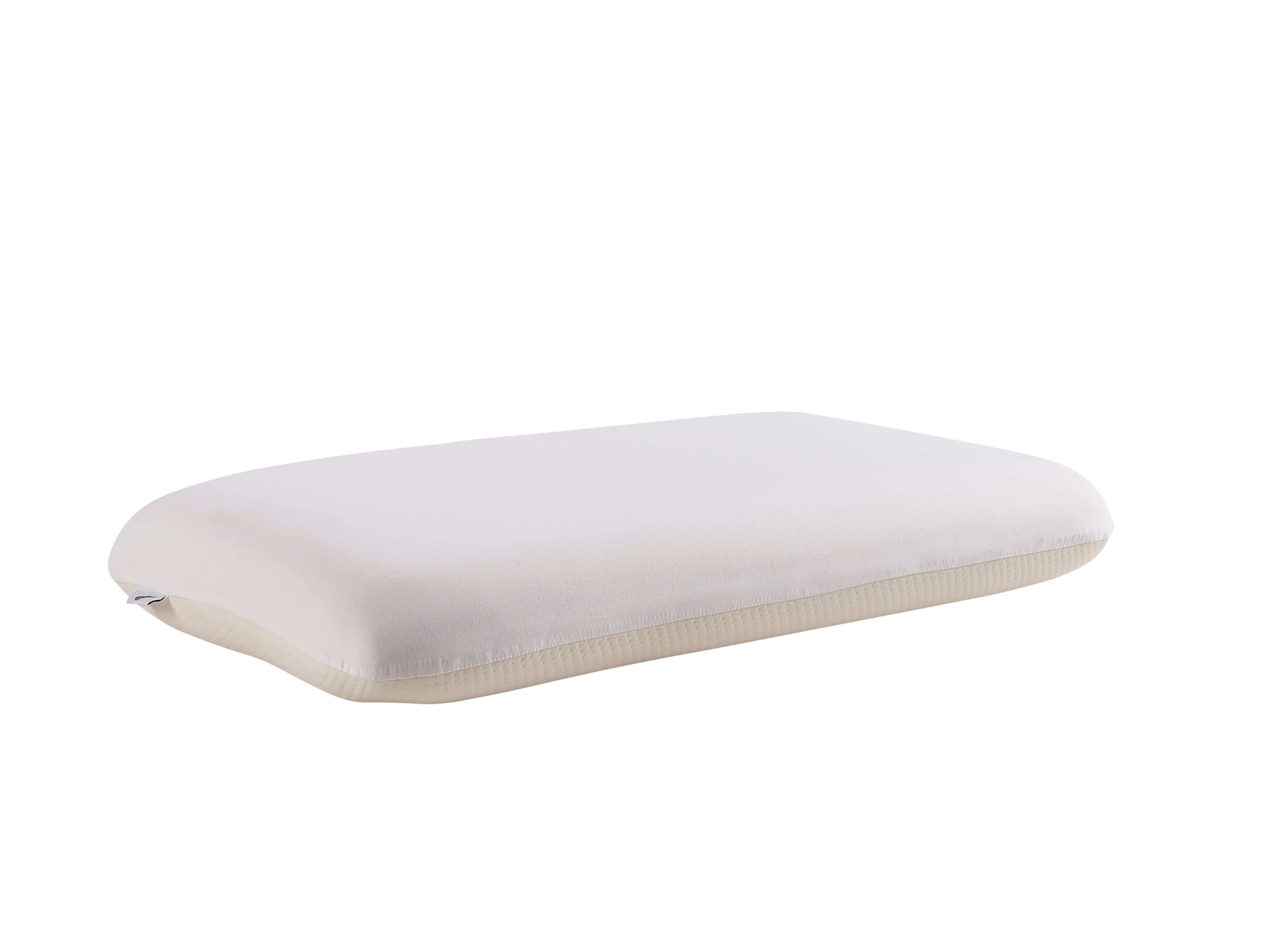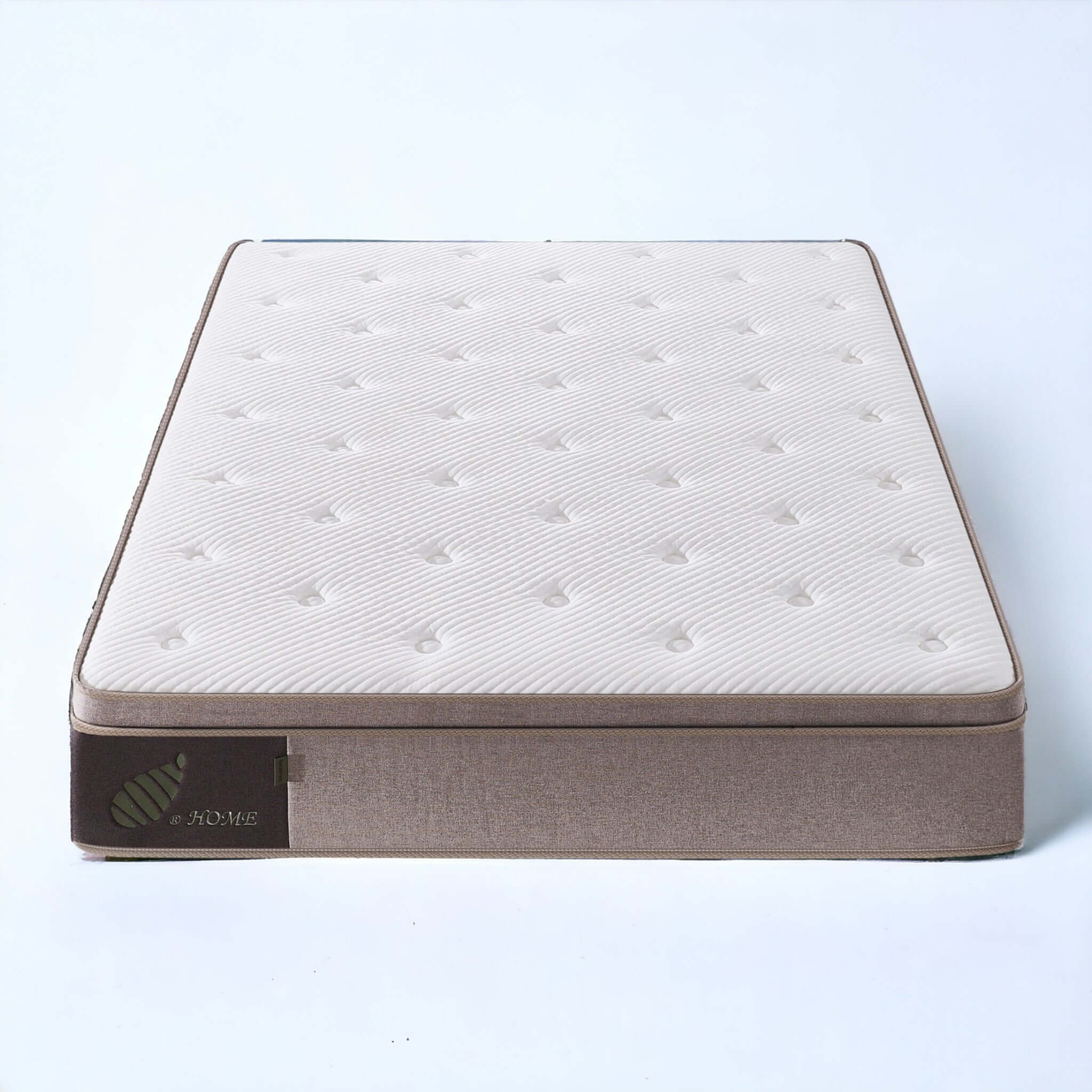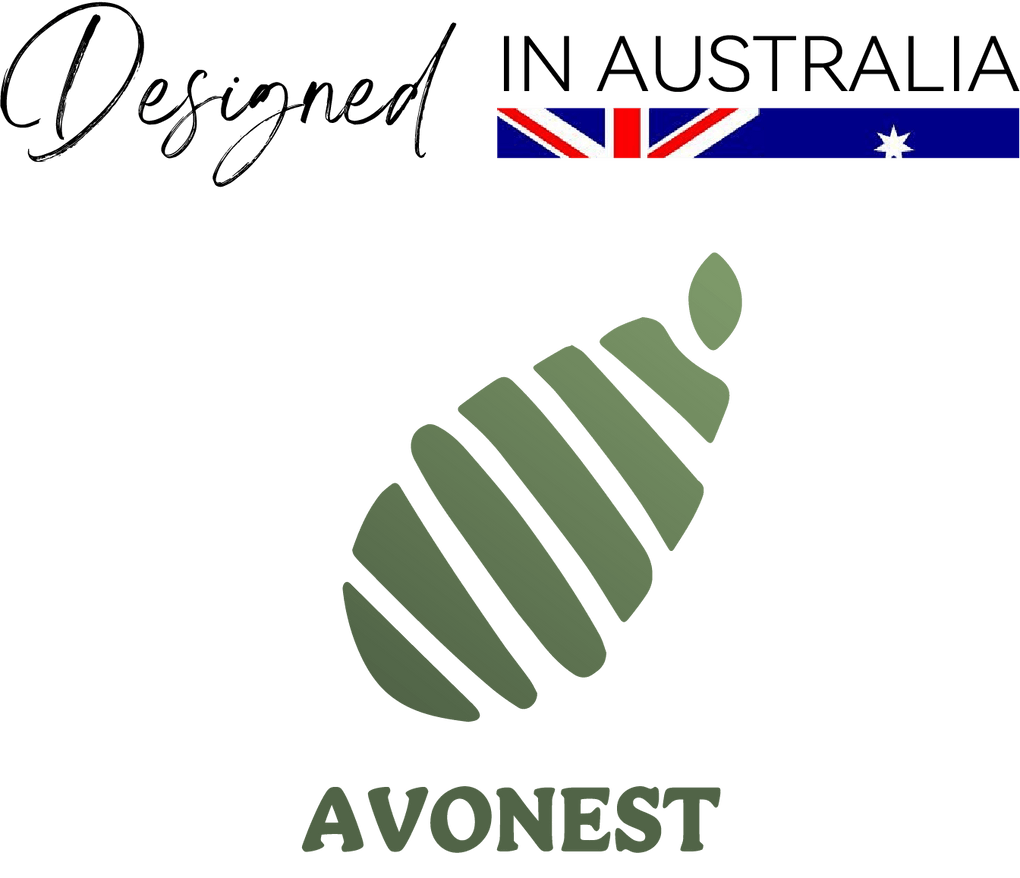Why Hybrid Mattresses are the Perfect Choice for Australian Living
Choosing the right mattress is crucial for a good night's sleep and overall well-being. In Australia, where the climate can vary significantly from region to region, hybrid mattresses offer several advantages over traditional innerspring mattresses, latex mattresses, and pure memory foam mattresses. This blog will explore these advantages in terms of support, comfort, durability, temperature regulation, and suitability for the Australian lifestyle and climate, backed by authoritative data and research.
Advantages of Hybrid Mattresses
1. Support
Hybrid mattresses combine the best aspects of innerspring and memory foam mattresses. The pocketed coil support system provides excellent spinal alignment and reduces motion transfer, making them ideal for couples. The top layers of memory foam or latex offer additional contouring support.
According to the [Sleep Foundation](https://www.sleepfoundation.org/mattress-information/best-mattresses), hybrid mattresses are highly recommended for their combination of support and comfort, particularly for individuals with back pain.
2. Comfort
The comfort layers in hybrid mattresses, usually made of memory foam or latex, offer a plush sleeping surface that adapts to the body’s shape. This combination alleviates pressure points and provides a balanced sleeping experience.
A study by the [National Institutes of Health](https://www.ncbi.nlm.nih.gov/pmc/articles/PMC3374713/) found that mattresses with memory foam layers significantly reduce pressure points, enhancing sleep quality.
3. Durability
Hybrid mattresses are designed to be durable, with reinforced edges and high-quality materials. They often outlast traditional innerspring mattresses due to their robust construction.
Consumer Reports highlights that hybrid mattresses typically have longer lifespans than innerspring mattresses due to the combined materials used in their construction.
4. Temperature Regulation
Hybrid mattresses often incorporate cooling technologies like gel-infused memory foam or breathable latex layers, which help regulate temperature. The airflow provided by the pocketed coils also enhances cooling.
According to research published in the [Journal of Sleep Research](https://onlinelibrary.wiley.com/doi/full/10.1111/jsr.12399), temperature regulation is crucial for sleep quality, and hybrid mattresses with cooling features perform well in this aspect.
5. Suitability for Australian Lifestyle and Climate
Australia's diverse climate requires a mattress that can provide comfort in both hot and cold conditions. Hybrid mattresses excel in this aspect due to their temperature-regulating features and adaptive comfort layers.
Data from the Australian Bureau of Meteorology indicates significant temperature variations across different regions, making hybrid mattresses with their adaptable features a suitable choice for Australians.
Advantages of Hybrid Mattresses
1. Support
Hybrid mattresses combine the best aspects of innerspring and memory foam mattresses. The pocketed coil support system provides excellent spinal alignment and reduces motion transfer, making them ideal for couples. The top layers of memory foam or latex offer additional contouring support.
- Innerspring: Offers bouncy support but can lack contouring.
- Latex: Provides firm support with some contouring but may feel too stiff for some.
- Memory Foam: Excellent contouring support but can feel too soft for those needing more firmness.
According to the [Sleep Foundation](https://www.sleepfoundation.org/mattress-information/best-mattresses), hybrid mattresses are highly recommended for their combination of support and comfort, particularly for individuals with back pain.
2. Comfort
The comfort layers in hybrid mattresses, usually made of memory foam or latex, offer a plush sleeping surface that adapts to the body’s shape. This combination alleviates pressure points and provides a balanced sleeping experience.
- Innerspring: Can feel too firm and may cause pressure points.
- Latex: Offers a firm yet somewhat adaptive surface.
- Memory Foam: Extremely comfortable and pressure-relieving but can sometimes feel too hot.
A study by the [National Institutes of Health](https://www.ncbi.nlm.nih.gov/pmc/articles/PMC3374713/) found that mattresses with memory foam layers significantly reduce pressure points, enhancing sleep quality.
3. Durability
Hybrid mattresses are designed to be durable, with reinforced edges and high-quality materials. They often outlast traditional innerspring mattresses due to their robust construction.
- Innerspring: Can sag over time, especially if not of high quality.
- Latex: Very durable but can be heavy and harder to move.
- Memory Foam: Durable but may develop indentations over time.
Consumer Reports highlights that hybrid mattresses typically have longer lifespans than innerspring mattresses due to the combined materials used in their construction.
4. Temperature Regulation
Hybrid mattresses often incorporate cooling technologies like gel-infused memory foam or breathable latex layers, which help regulate temperature. The airflow provided by the pocketed coils also enhances cooling.
- Innerspring: Good airflow but can lack cooling layers.
- Latex: Naturally cool but can still retain some heat.
- Memory Foam: Known for retaining heat, though gel-infused options help mitigate this.
According to research published in the [Journal of Sleep Research](https://onlinelibrary.wiley.com/doi/full/10.1111/jsr.12399), temperature regulation is crucial for sleep quality, and hybrid mattresses with cooling features perform well in this aspect.
5. Suitability for Australian Lifestyle and Climate
Australia's diverse climate requires a mattress that can provide comfort in both hot and cold conditions. Hybrid mattresses excel in this aspect due to their temperature-regulating features and adaptive comfort layers.
- Innerspring: Good for cool climates but not ideal for hotter regions.
- Latex: Suitable for moderate climates but can be too firm for some.
- Memory Foam: Comfortable but may feel too warm in hot climates.
Data from the Australian Bureau of Meteorology indicates significant temperature variations across different regions, making hybrid mattresses with their adaptable features a suitable choice for Australians.




